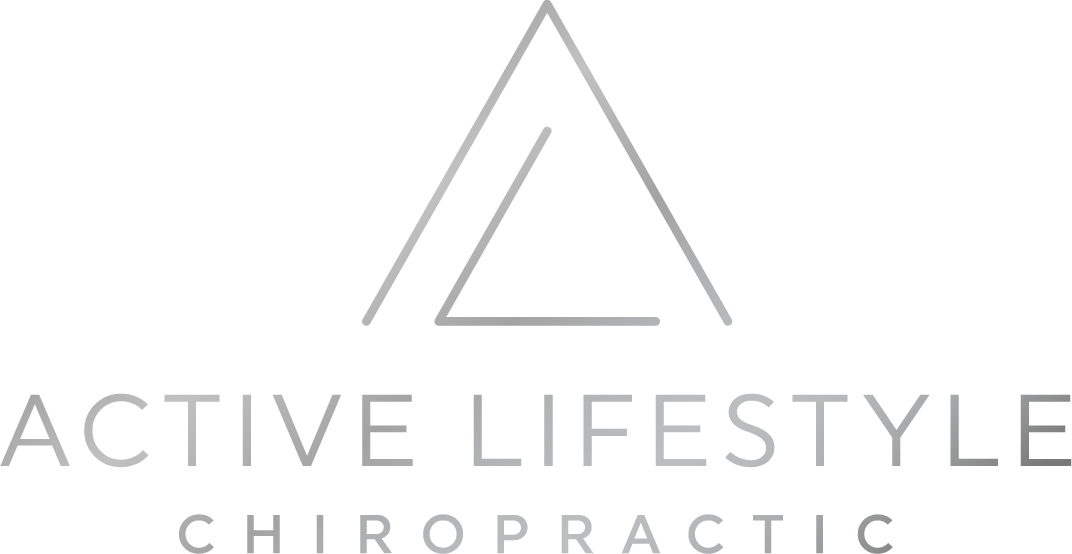Easing TMJ Tension: Effective Massage Techniques for Relief
Temporomandibular joint (TMJ) disorders, a source of significant discomfort for many
Temporomandibular joint (TMJ) disorders, a source of significant discomfort for many, can impact everyday activities like speaking, eating, and sleeping. Characterized by pain and tension in the jaw area, these disorders require targeted approaches for relief. Massage techniques, in particular, can be highly effective in alleviating TMJ-related discomfort.
This post will guide you through several massage methods designed to reduce TMJ tension and improve jaw function.
Understanding TMJ Disorders:
TMJ disorders encompass a range of conditions affecting the jaw joint and surrounding muscles. Symptoms often include pain in the jaw, face, or neck, clicking or popping sounds in the jaw, and limited movement or locking of the jaw. Common causes can range from stress and anxiety leading to teeth grinding, to physical issues like misalignment of the teeth or jaw.
Preparing for TMJ Massage:
Before starting any massage, it's crucial to create a relaxing environment. This might involve sitting or lying down in a comfortable position, in a calm, quiet space. Begin by gently warming up the jaw muscles – you can do this by applying a warm compress to the area or performing mild stretching exercises for the jaw.
Massage Techniques for TMJ Relief:
Circular Motions: Using your fingertips, apply gentle pressure in circular motions over the TMJ area, which is located just in front of your ears where the jaw hinges. Extend these circular motions to the muscles along the cheeks and around the ears.
Long Strokes: With your fingers, make long, gliding strokes starting from the TMJ and moving down the jawline towards the neck. This helps to elongate the muscles and release built-up tension.
Pressure Points: Identify key points around the jaw, such as where the jaw connects near the earlobes, and the muscles on the sides of the face. Gently apply pressure to these points, hold for a few seconds, and then release. This can help relieve muscle knots and tension.
Cross-Fiber Techniques: Apply pressure perpendicular to the muscle fibers, especially along the cheeks and jaw areas. This technique helps to break up tightness in the muscles.
ncorporating Self-Massage into Daily Routine:
To achieve the best results, make these massage techniques part of your daily routine. This is particularly beneficial during periods of high stress or after long durations of jaw use, such as chewing or talking. Regular practice is key to experiencing lasting relief from TMJ discomfort.
Additional Tips for TMJ Relief:
Beyond massage, mindfulness and stress reduction techniques can play a significant role in managing TMJ pain. Since stress often contributes to jaw tension, practices like meditation or yoga can be beneficial. If TMJ pain persists or worsens, it's important to seek professional help from oral-facial pain specialist, myo-functional therapist, or a chiropractor/physical therapist that specializes in TMJ.
Conclusion:
TMJ disorders can significantly impact your quality of life, but you don’t have to suffer in silence. Regularly practicing these massage techniques can offer much-needed relief from jaw tension and pain. Remember, a holistic approach, including stress management and professional guidance, is often the most effective way to manage TMJ disorders.

